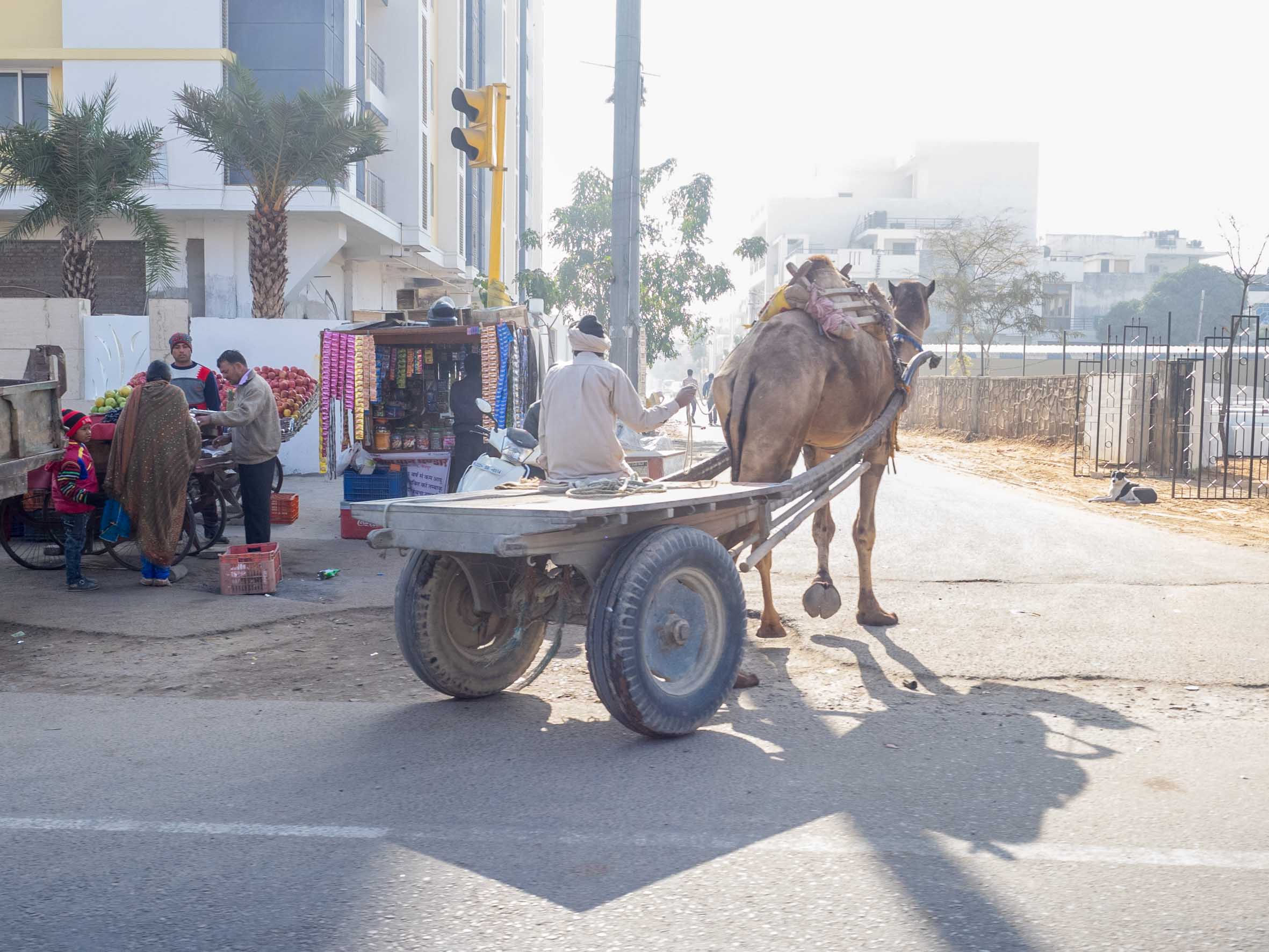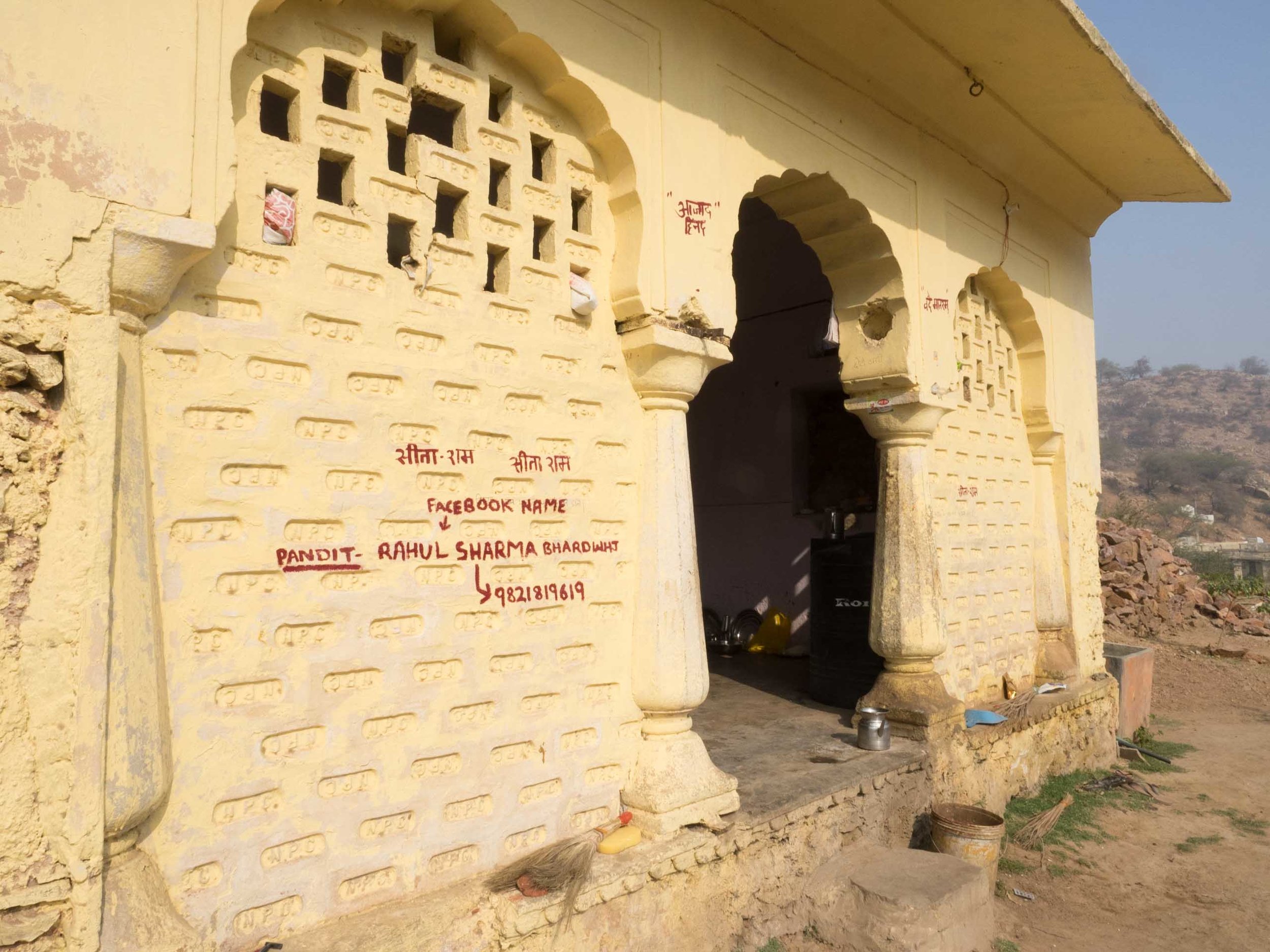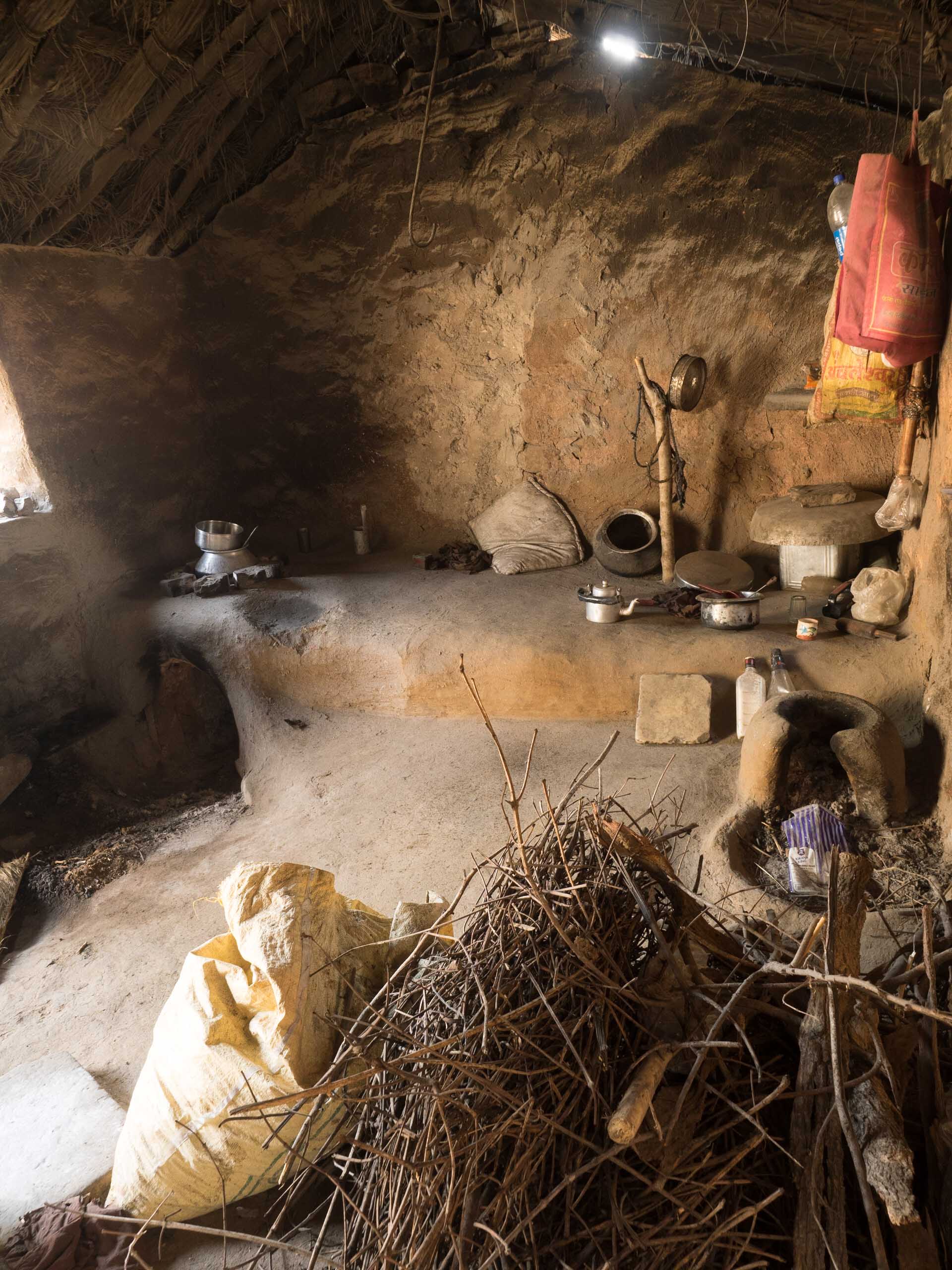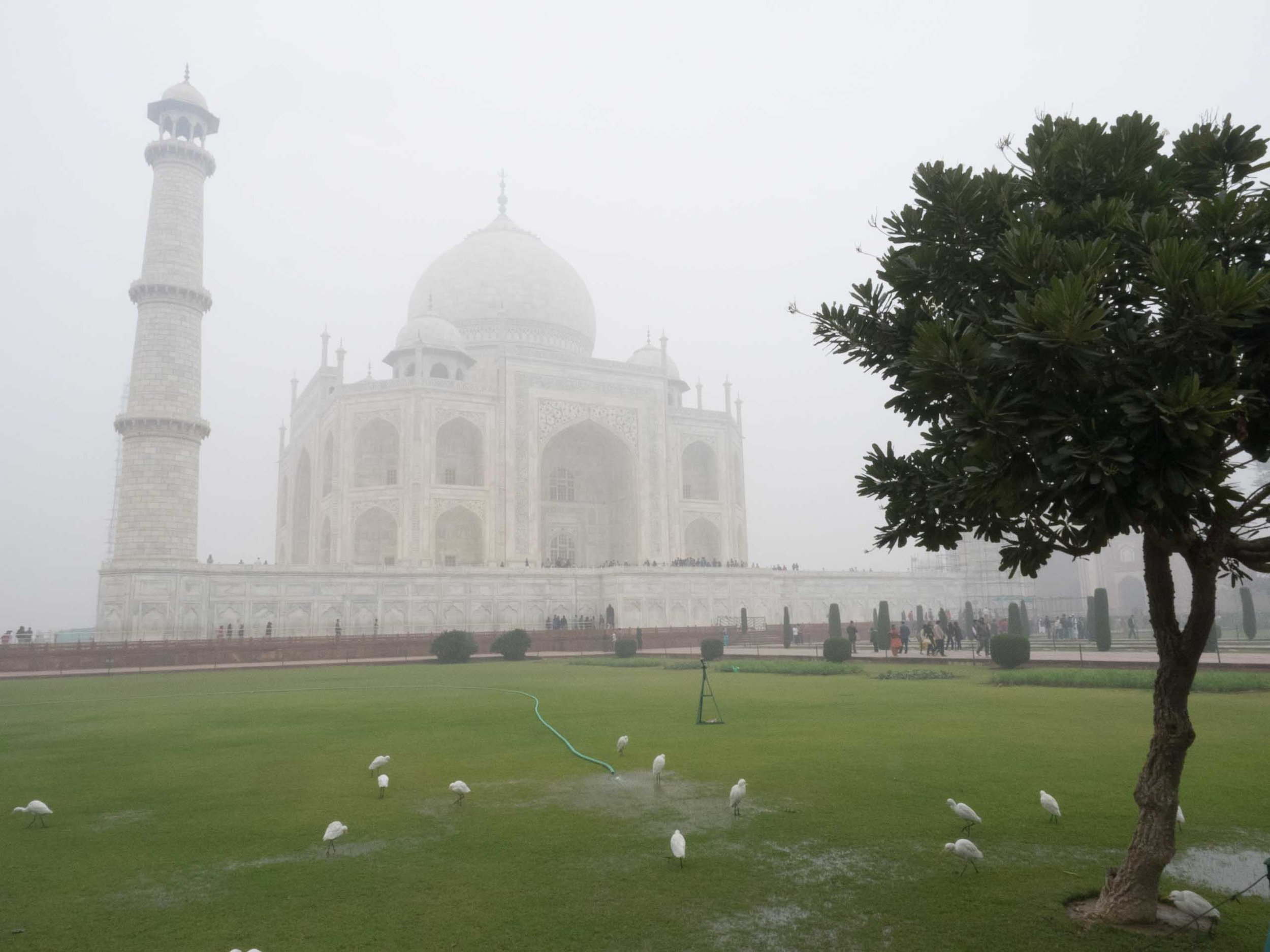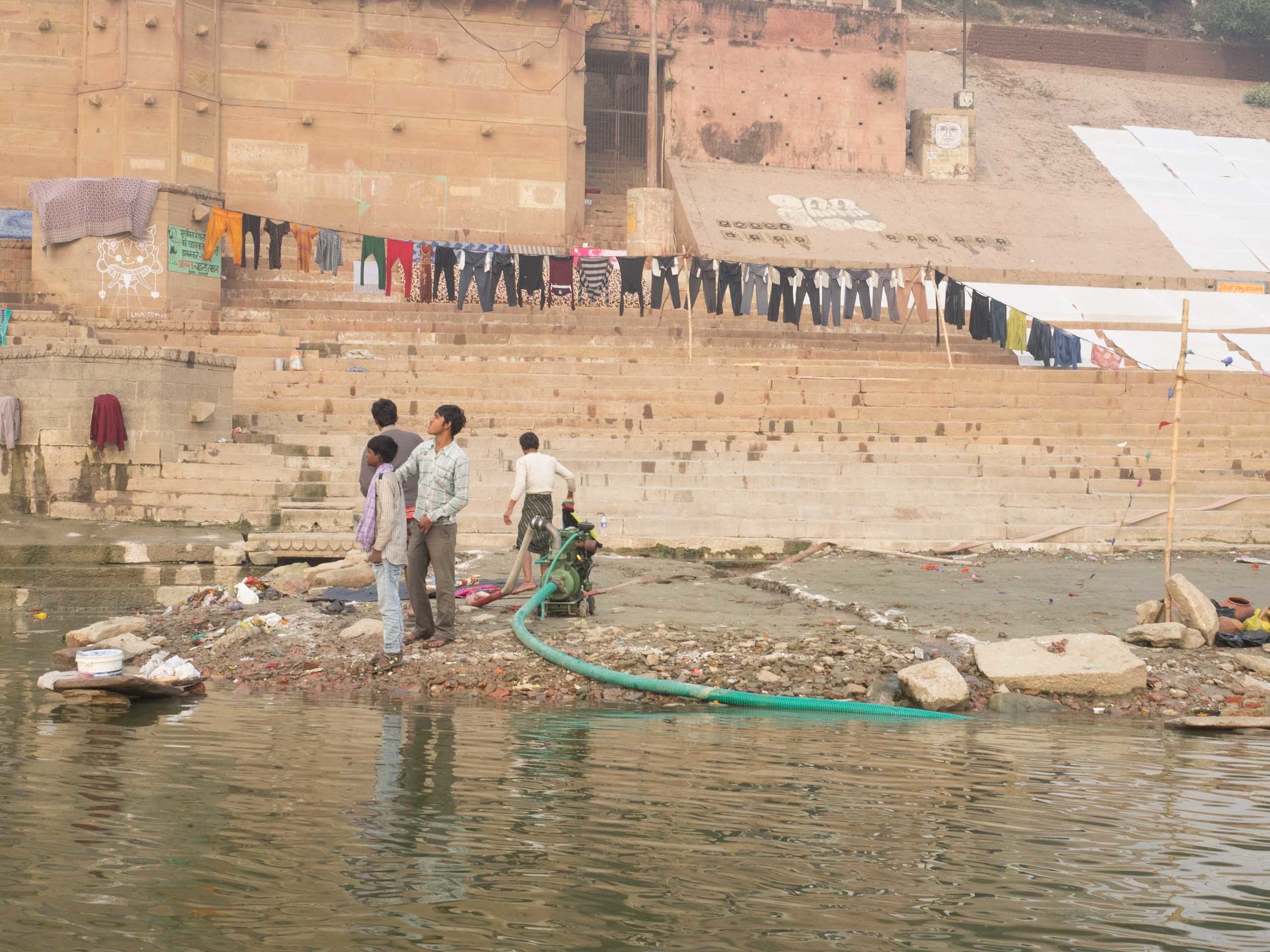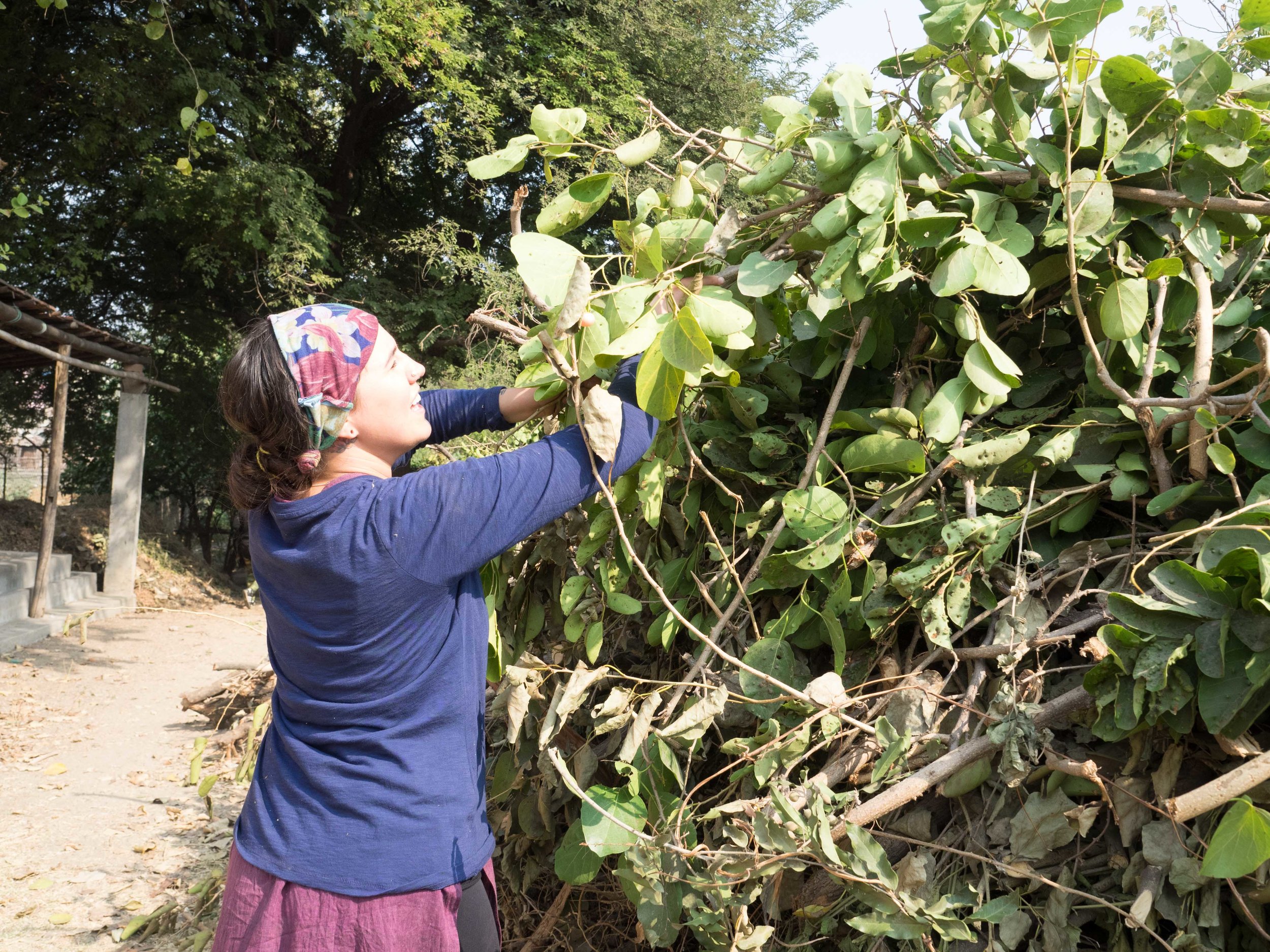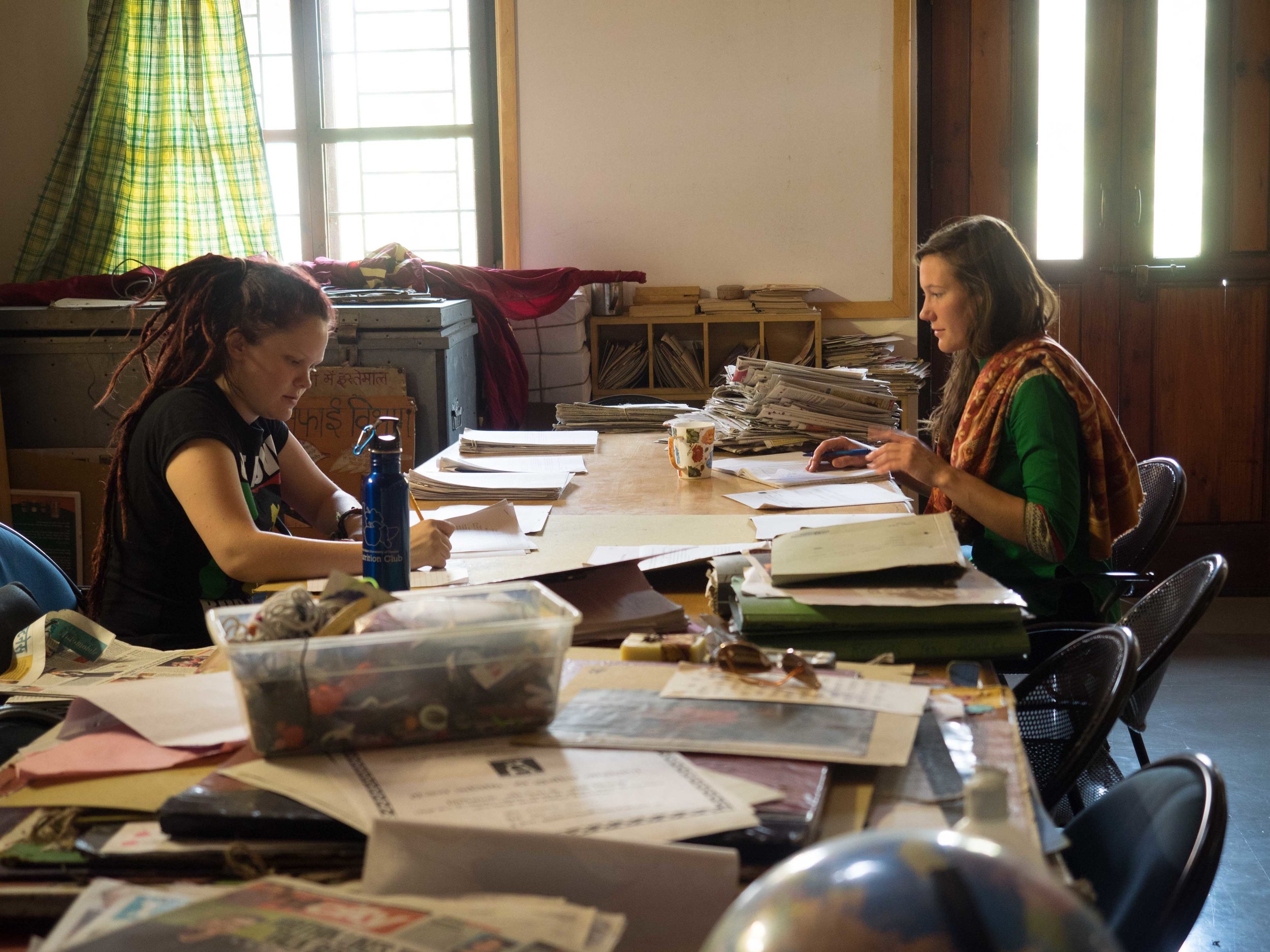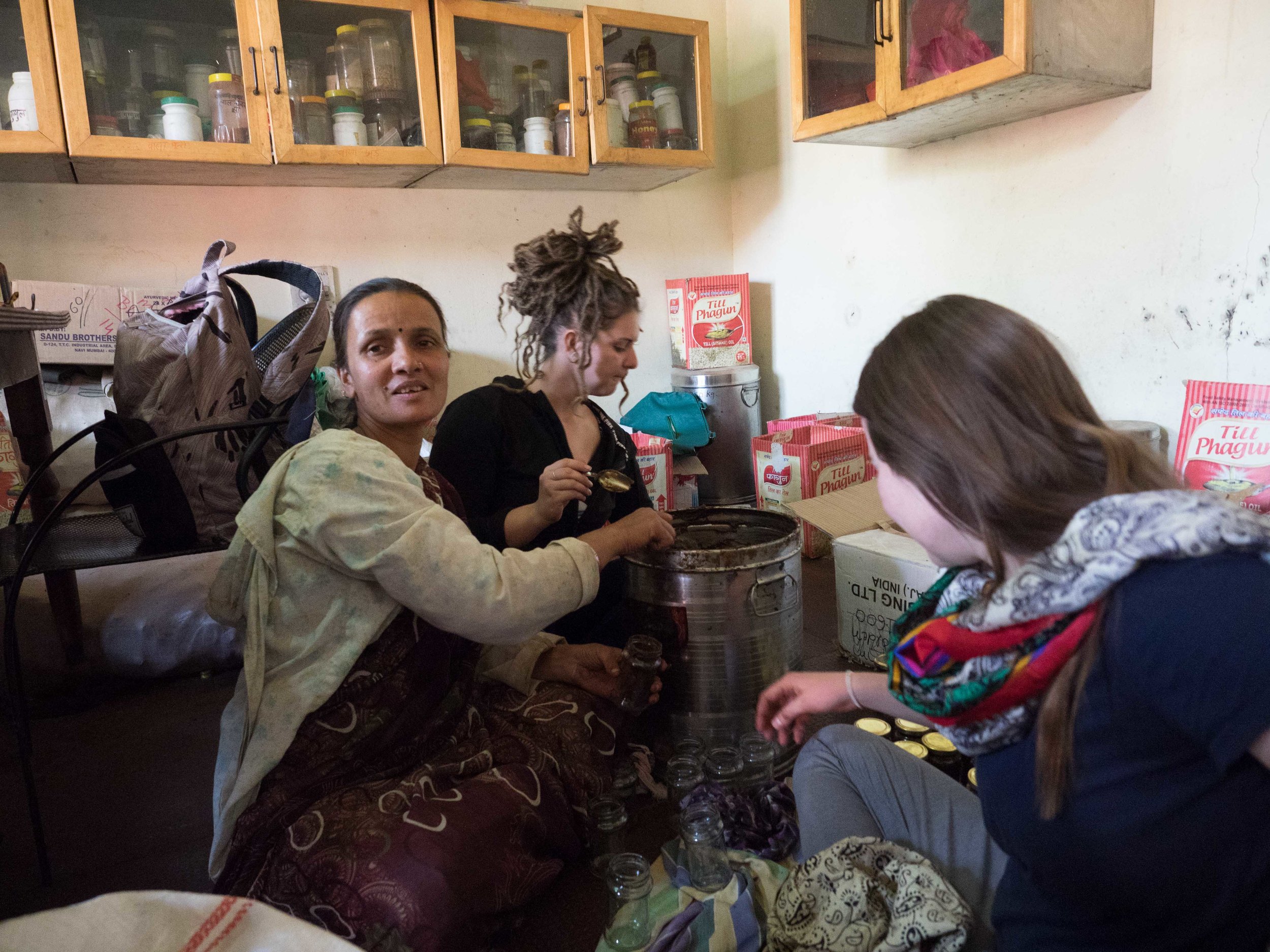The edge of the desert, Jodhpur
/The last few days in India have been full of forts, smog free and dry as I am now at the edge of the desert. Colors in the marketplace have changed as have the traditional dress of the people. Turban styles are also different and yesterday I had a demo on how they are wrapped. Nine meters of cloth goes into one turban! As I contemplate my departure this morning, I have been thinking about how one creates change in the world. How does one voice raise above the others or even get the others to sing with it? Maybe another option is to join others and raise the level by one. The world is changing dramatically in available water, weather and burgeoning population demands. How will we manage? What is in store? I see the rubble of the past centuries around me and think of those that walked before us their shadows falling on the streets now in the forms of crumbling buildings and faded palaces, unknown to any but their own families. I return to the States with a firmer commitment to reduce my consumption of many things including food and water, become more mindful of burning fuel and determined to work to make a difference in the world.




